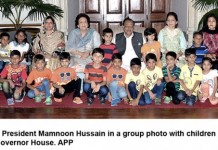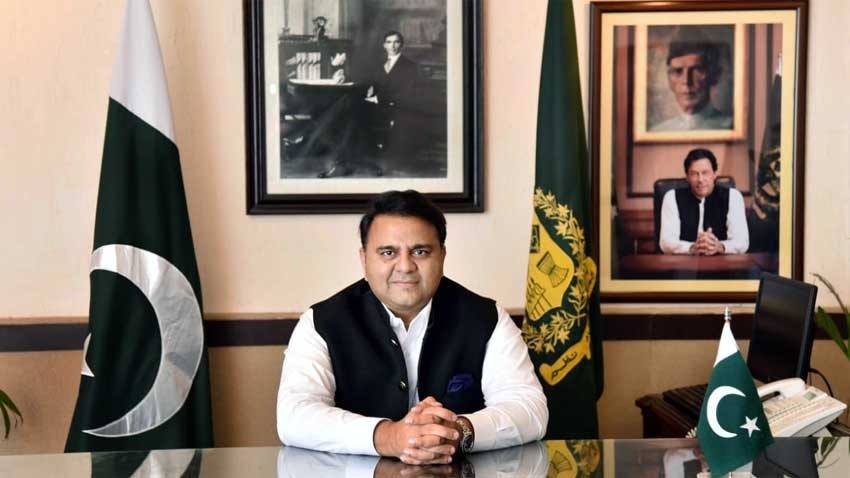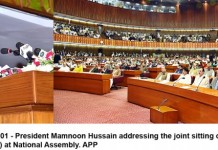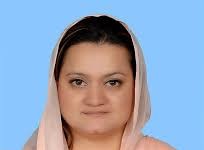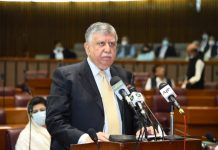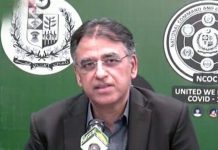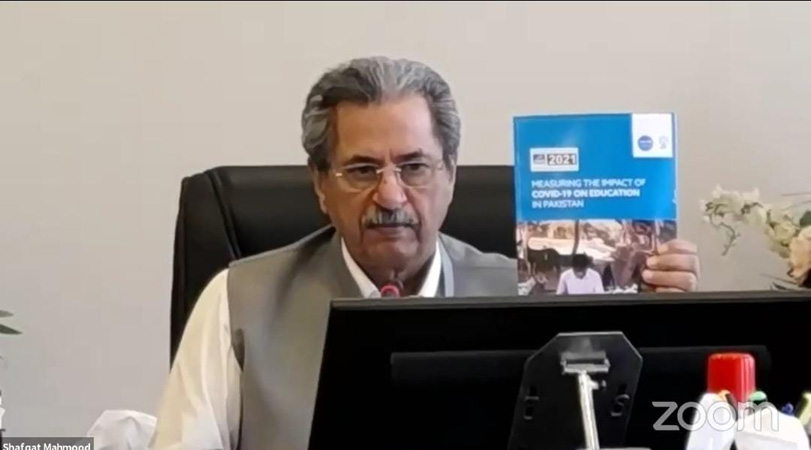
Federal Minister for Education and Professional Training Shafqat Mahmood was chief guest on the occasion. The launch, held virtually on Zoom, was also attended by Ellen Van Kalmthout, Chief of Education at UNICEF Pakistan; M Ali Kemal, Economic Policy Advisor at the SDG Support Unit, Ministry of Planning Development and Reform; Kim Bradford Smith, Education Team Leader at the Foreign, Commonwealth & Development Office (FCDO); and Dr Faisal Bari, Senior Research Fellow at IDEAS Pakistan and the Interim Dean of School of Education, Lahore University of Management Sciences (LUMS).
Officially launching the report, the education minister said that Covid-19 has exacerbated the already existing challenge of learning poverty. “The learning losses study will help the government work towards improving the learning levels of children in coordination with provincial governments. He added that the initiatives like PTV TeleSchool will continue besides providing distance, Ed-tech and remedial learning solutions while bridging the digital divide,” he said.
The study titled ‘Measuring Learning Losses due to Covid-19′ is the first step towards collecting gender disaggregated and focused evidence to assist government as they grapple with impactful response to this pandemic. The estimates reported are from a survey conducted across 16 rural districts of Pakistan, four in each province, using the ASER Pakistan tools. The survey covers a total of 9,392 households, 25,448 children aged 3-16 and 21,589 children aged 5-16 (43% girls and 57% boys), 457 government schools and 198 private schools.
According to the report, enrollment for age group 6-16 has dropped by 2% in 2021 compared to enrollment for the same age group in 2019. UNICEF Pakistan Education Chief Ellen Kalmthout said that the report is a big step forward to think upon what can be done to bring children back to school, especially post COVID-19 while also creating alternative learning pathways for children. “At the end, children do need schools. They can’t learn on their own.”
During school closures parents/caregivers stepped up to support their children’s learning. Support from household members is reported at 63% by children as a very positive response. About 32% children reported that their schools provided them with learning materials during the closure periods, whilst 58% reported that their school management/teachers/head-teachers never reached out to them. About 32% reported that they took some learning support from PTV TeleSchool programs and 40% of children who had smartphones available in their households reported that they used smartphones for continuing learning.
Speaking about this, Kemal added, “63% of the children are getting support from their families and over 22 million children are not going to school. Mothers’ education is very important as they teach kids in early years. The overall situation is bleak but we are looking for solutions for out of school children that should also include communities.”
The learning losses for children in grade 3 were significant. Class 3 children who can read an Urdu story drops from 19% in 2019 to 15% in 2021, who can read English sentences from 21% in 2019 to 8% in 2021 and who can solve 2-digit division from 17% to 10%. Smith from FCDO said that while the report demonstrates the need to reorient the education system; we need to focus on getting foundational learning right, address inequalities by focusing on the most marginalised and poorest, and therefore no/low tech options; and finally, invest in teachers’ ability to teach and in family support for better learning outcomes.
Similarly, Dr Bari said that the study rightly reports people with no access to technology but “we need to do more research on family support as parents who are engaged in jobs are not able to support the children.”
While the study reveals a gloomy picture of learning losses, programmes must be devised to support the learning of all children specially focusing on young children and girls, especially grade 3 for foundational literacy and numeracy (FLN). Education and digital inequities must be tackled through targeted social protection programmes (Ehsaas) for all children – poorest especially girls. Parents are active stakeholders in children’s education and households demonstrate resilience.
Ed-Tech should be expanded for its potential to provide solutions for improved interactive learning. Facilities in schools need urgent maintenance incorporating new standards for safe schools with non-pharmaceutical interventions (NPIs) to tackle such unforeseen pandemic in future.

